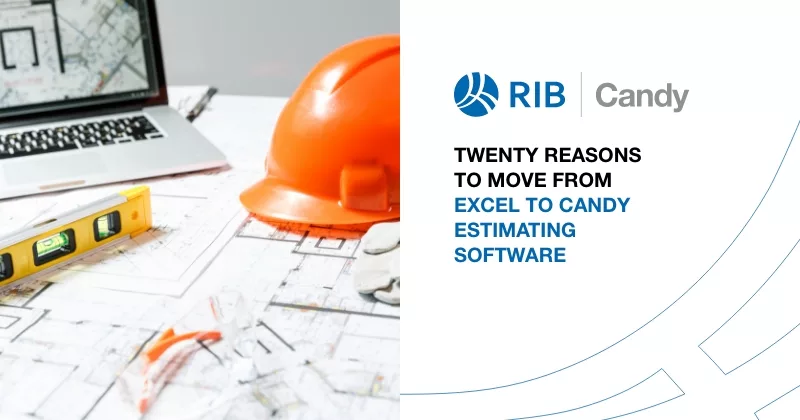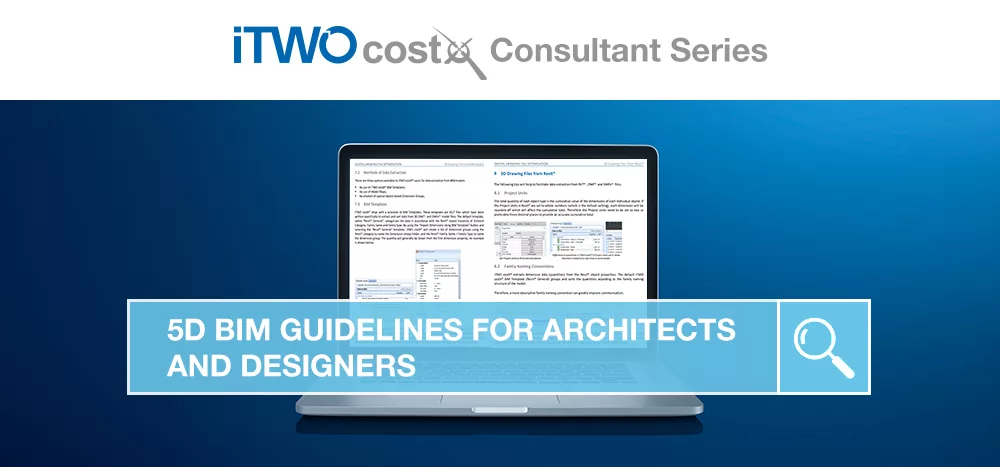24 mins read
How To Estimate Construction Costs: Ensuring You Stay On Budget Throughout Your Project

How to estimate construction costs got you scratching your head? The modern construction industry typically deals with large numbers in terms of dollar amounts in converse proportion to the relatively small numbers concerned with available margins. These tighter margins demand a far greater focus on operating within budget to avoid completed projects delivering little profit or, in the worst cases, considerable losses. So, where should a company focus its efforts to stay on budget?
Estimations must consider both fixed and variable costs as well as contingency flexibility to account for variations. Labor costs must also be estimated correctly. This can only be done if the contractor has a good understanding of how long each task will take and how many labor hours will be required to finish it. Having an accurate estimate will avoid any surprise costs incurred down the road that hurt a project’s profitability. Modern estimating software can make a huge impact in these areas and greatly reduce errors and discrepancies not only in their preparation but also later on in the project to ensure these estimations remain accurate and valid as well as providing the tools to fine tune and adjust for variations.
Productivity improvements must be applied in all aspects from labour through process and procedures. Process automation and tracking from end to end can be achieved by employing bespoke construction software (Construction ERP) to link and integrate your entire operation from initial bidding, to hand-over and include all elements in between (including but not limited to change orders, purchase orders, variations, RFI’s, accounting and payroll, sub-contractor agreements and triggers).
Purchase orders should ensure your business bills are calculated accurately without duplication or over/under charging. By employing construction software that can accurately handle purchase orders, you can identify discrepancies whilst seamlessly integrating with your accounting systems. Efficiencies made by eliminating, or at the very least reducing or identifying billing errors, are a key factor in staying on track and on budget.
Defining explicit goals and measuring your progress against them is an essential aspect of modern business. This should encompass immediate, medium and long terms goals and will include elements of profit, growth and turnover, but considering goals relating to employees and customer expectations will deliver far more reaching results. By focusing on more than the obvious fiscal goals and creating a culture of ownership and accountability, your business can achieve an enviable position in the market that translates to a genuine competitive advantage.
Integrated systems and reporting delivered by modern construction software enables forward looking companies to easily track and monitor progress against these goals and formulate accurate and effective remedies to catch up or regain track where falling short. This in turn will translate to more effective delivery against commercial targets and timelines. The very best construction software available also includes planning tools to adapt and overcome areas such as cost over-runs and the facility to adjust and make efficiencies elsewhere in the overall project to stay on time and on budget.
Incentivising employees at all levels to achieve business bottom lines is true forward thinking. By making them accountable with the carrot rather than the stick, employees are more freely able to communicate problems and errors at the same time as finding effective solutions. This echoes the ethos of the defined goals section and goes a long way to improving employee motivation and morale.
Training is not only an investment in your employees but delivers results for the business as a whole in terms of process and productivity. The pay-off in the investment can deliver results ten-fold in terms of productivity and efficiency which can save the business considerable money (which, of course, translates to profitability). Consider the difference in cost of sourcing, legalizing and training a new employee as opposed to keeping hold of a great existing employee. Also consider the benefit of assisting or training an employee who is not quite making the grade as opposed to starting from scratch.
Communication among the many stakeholders and elements involved in delivering a construction project is the cornerstone of its ultimate success. Gone are the days when considerable time and resources need to be poured into collating data and drafting presentations for this purpose. Construction software can take the bulk of this effort and work away from the employees and department heads, allowing them to focus on delivering the results rather than reporting on them. It can also keep all functions and departments on the same page at the same time and better enable them to handle challenges in a collective and productive format.
Conclusion
No one element discussed in this article is the answer to every challenge and even collectively, the points discussed form a basis or guide to better run and deliver success across an organization. The good news is, enhancements in the tools available specifically for the construction industry are now available to make these elements almost effortless which will equate to efficiency, effectiveness and, most importantly of all, profitability.
Read more: Who will benefit from Integrated Construction Project Management Software?
Most Recent
24 mins read
14 mins read
15 mins read
25 mins read

E-BOOK











